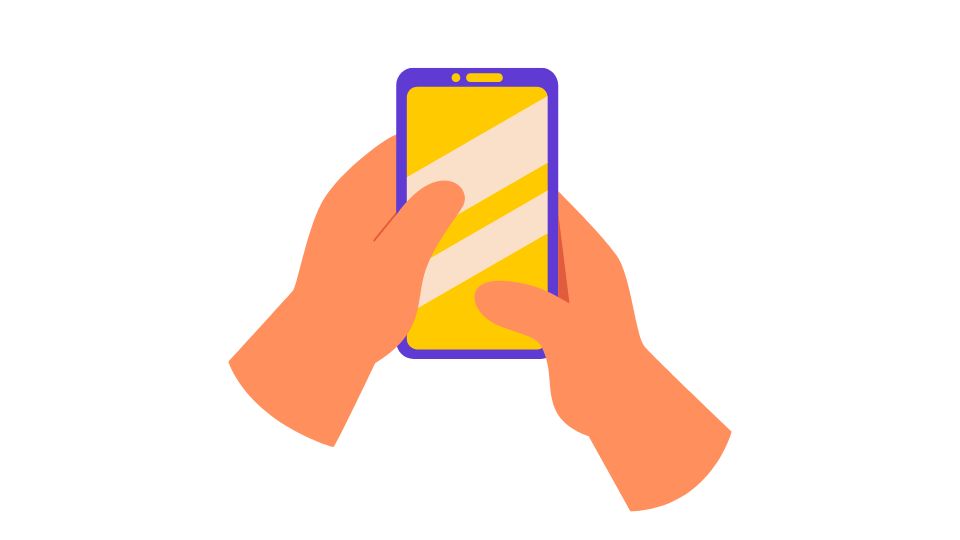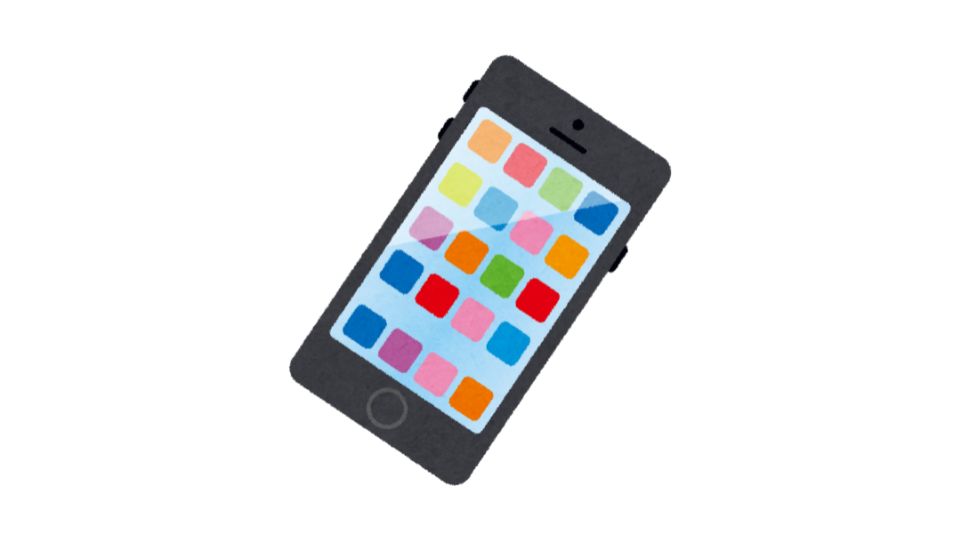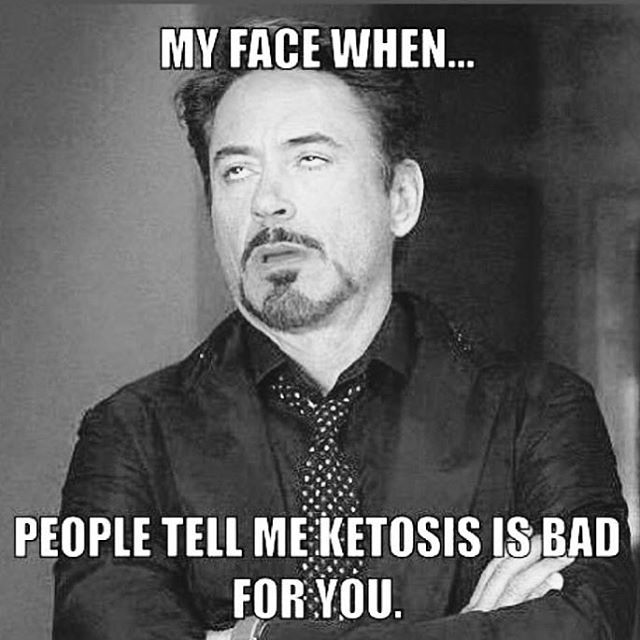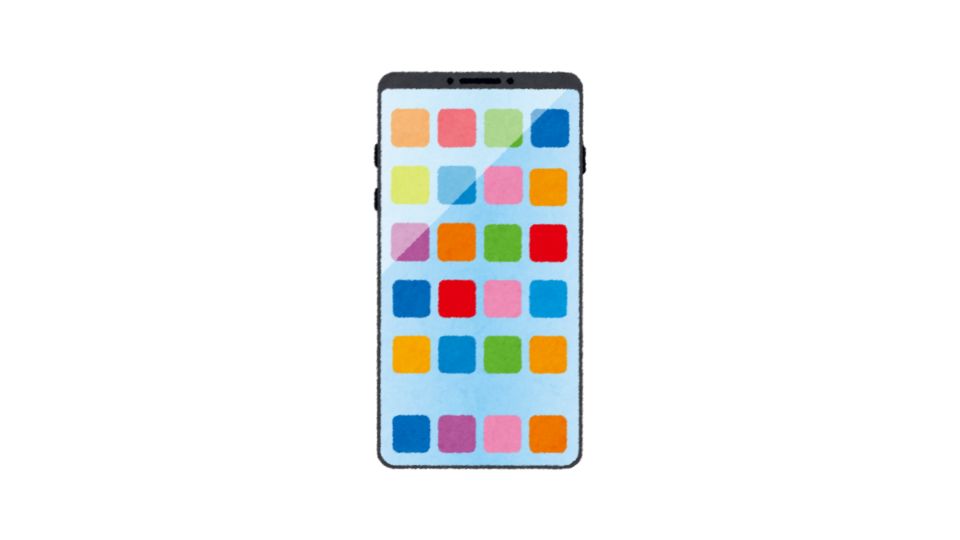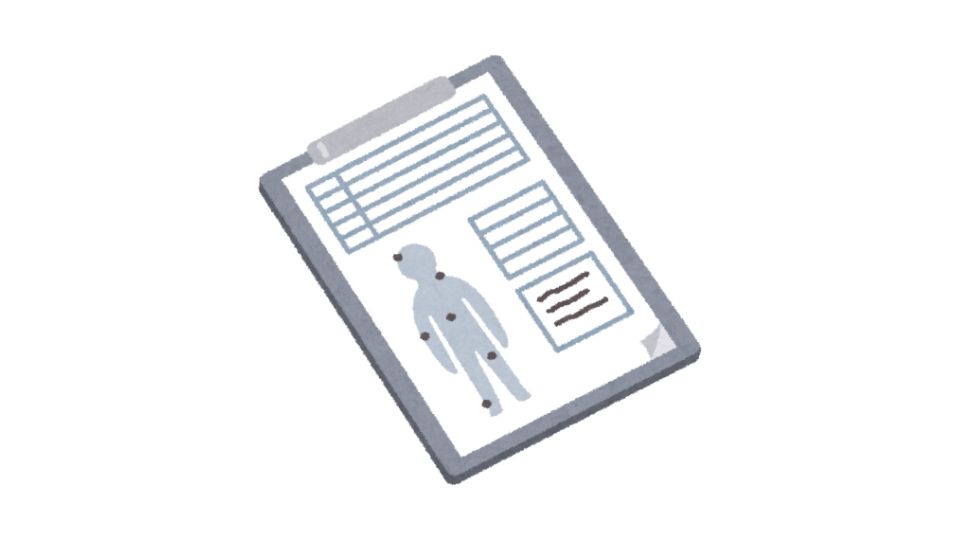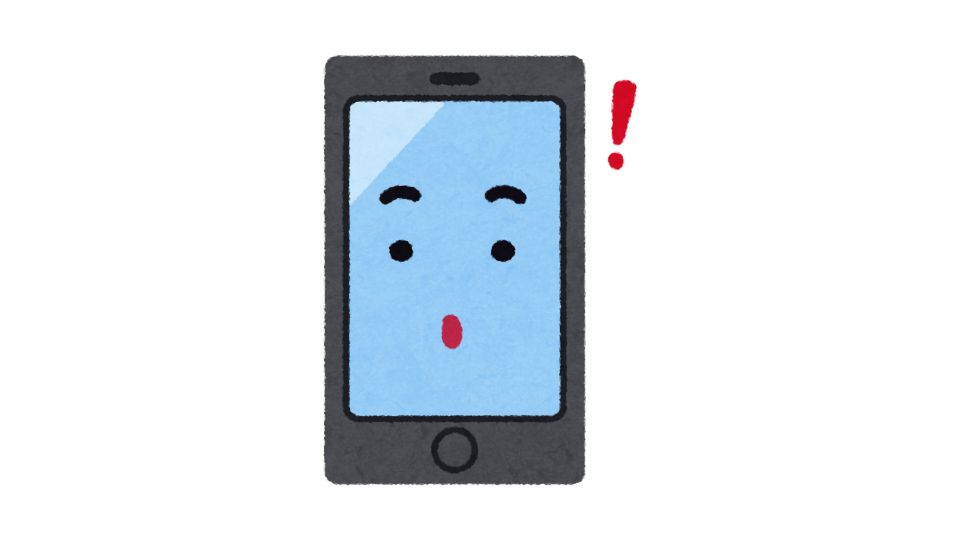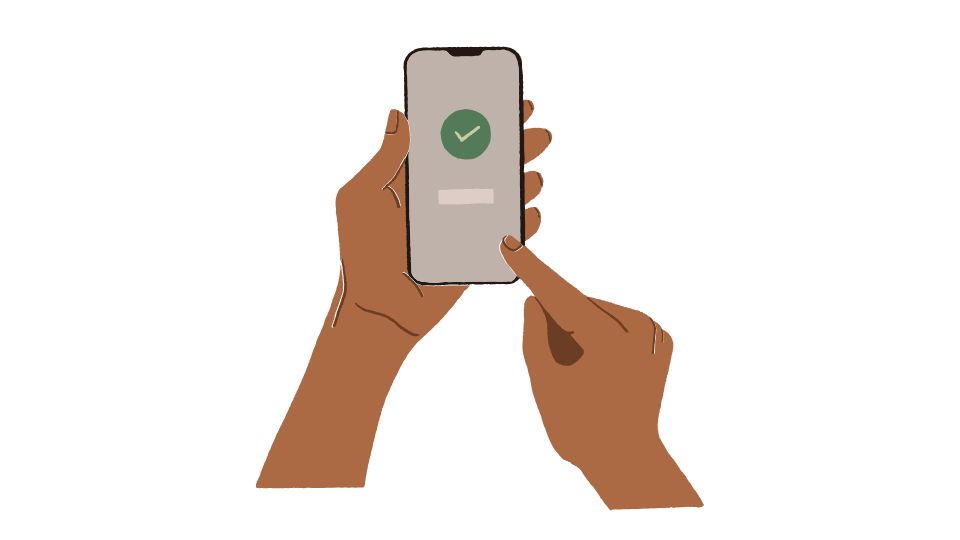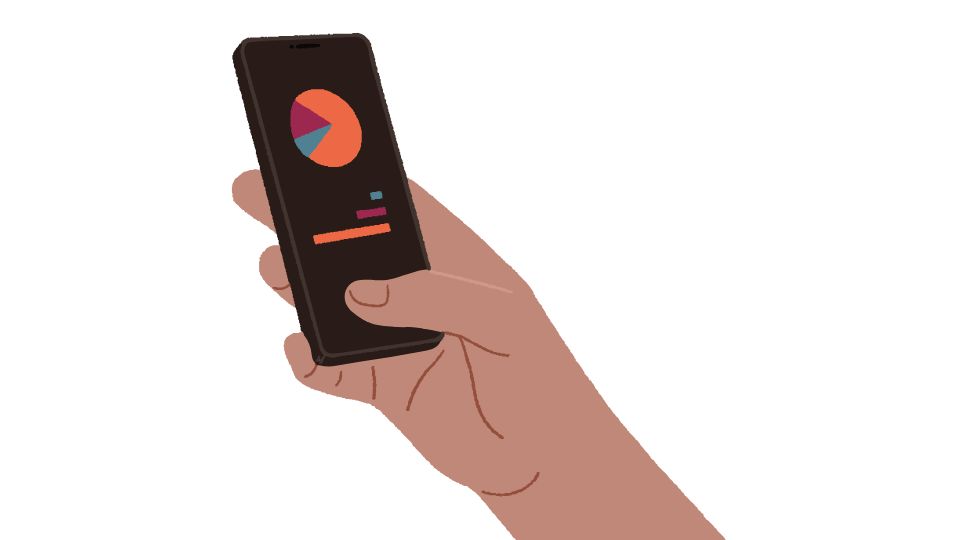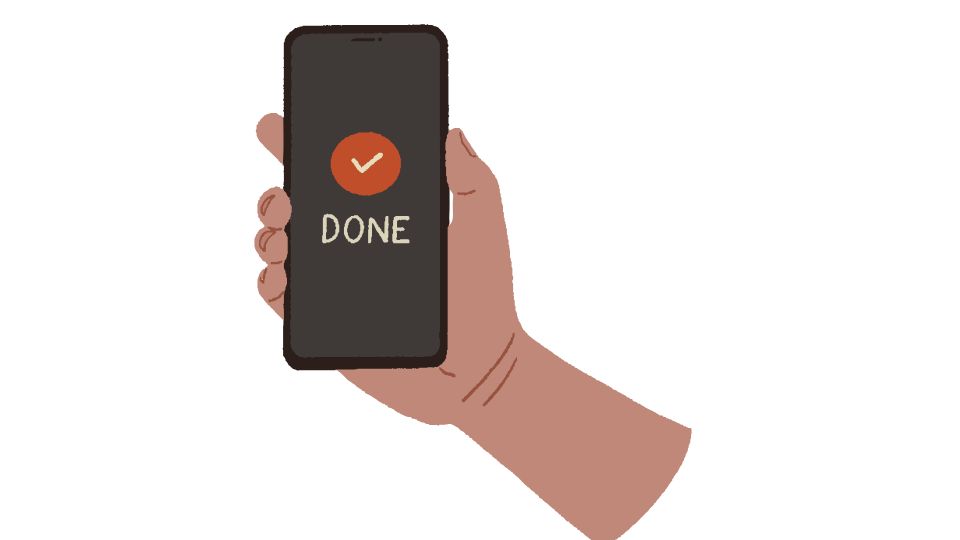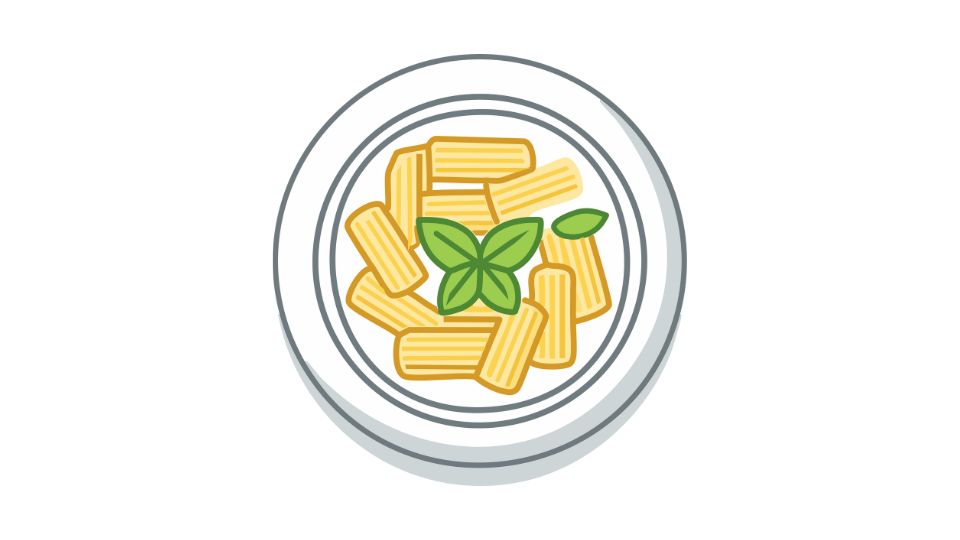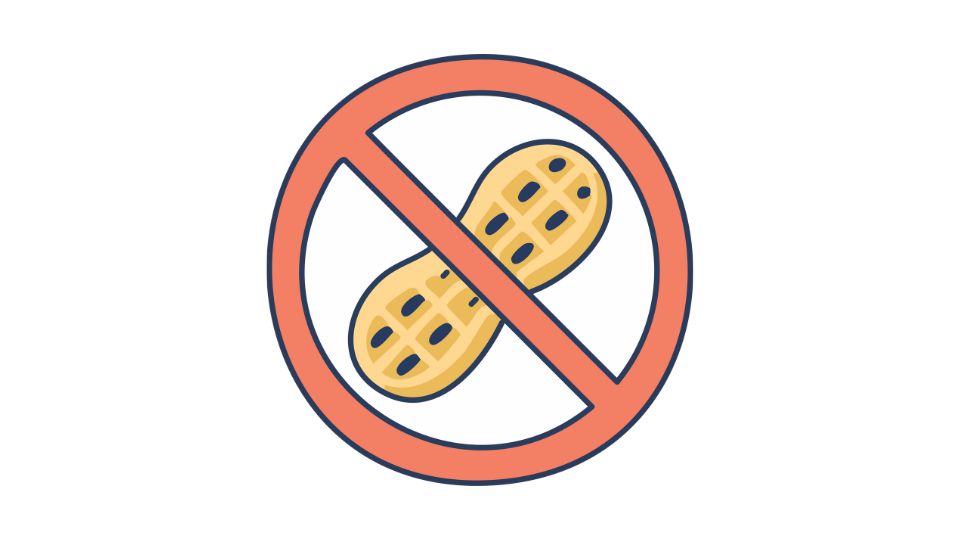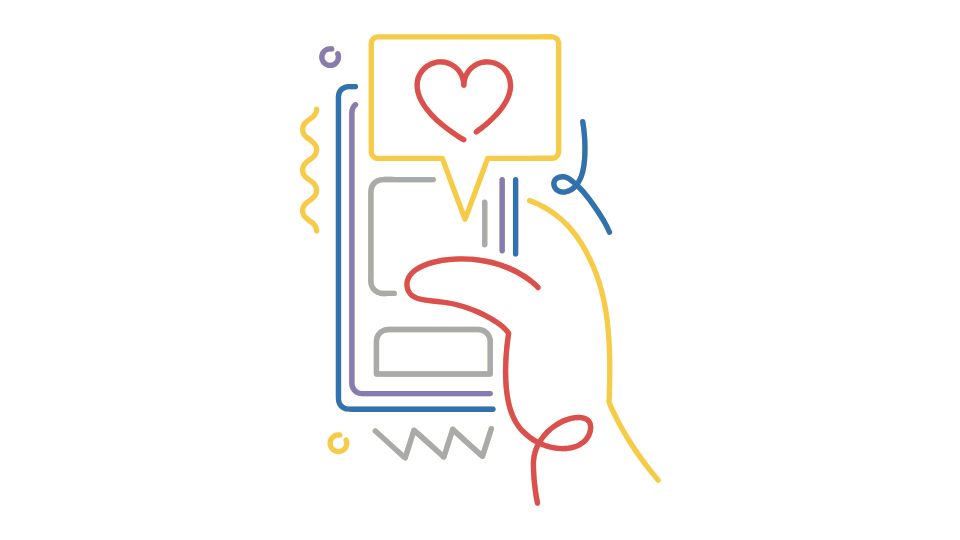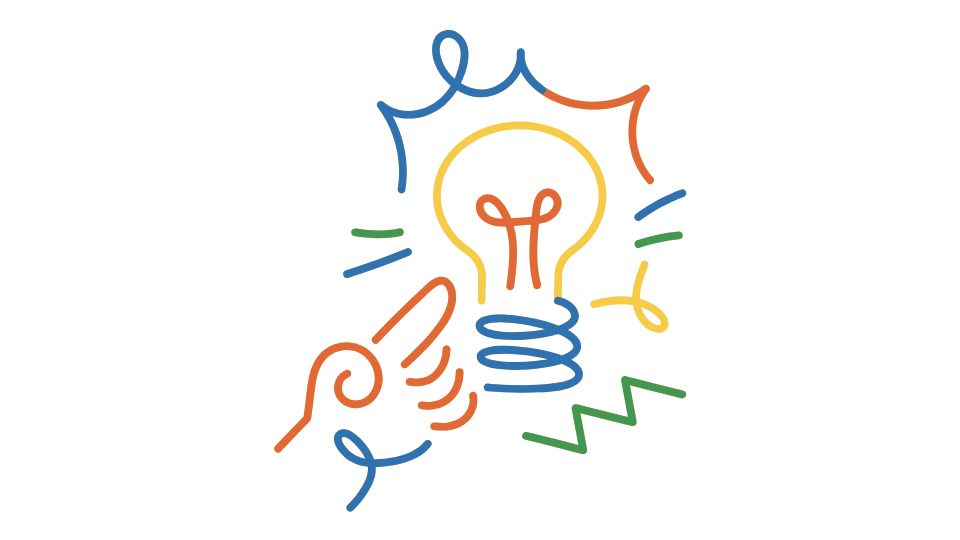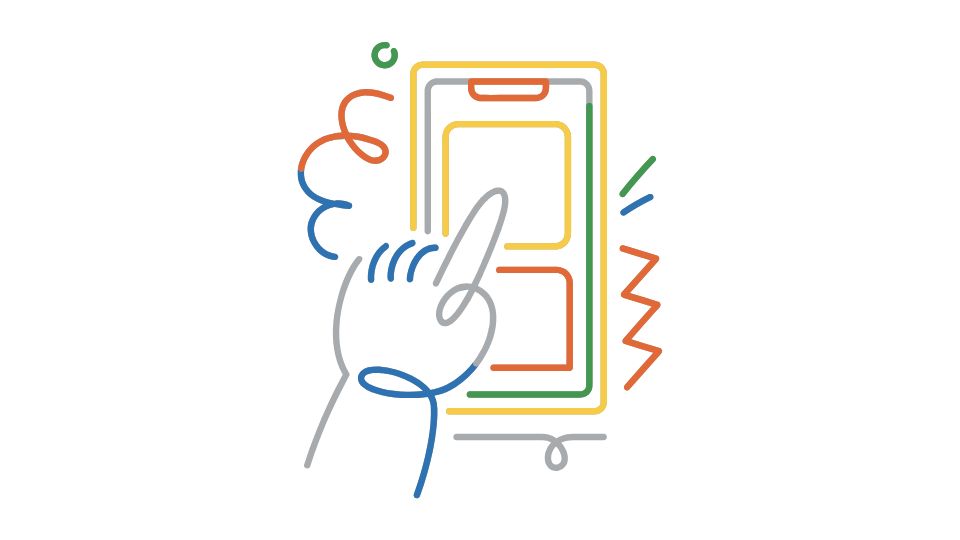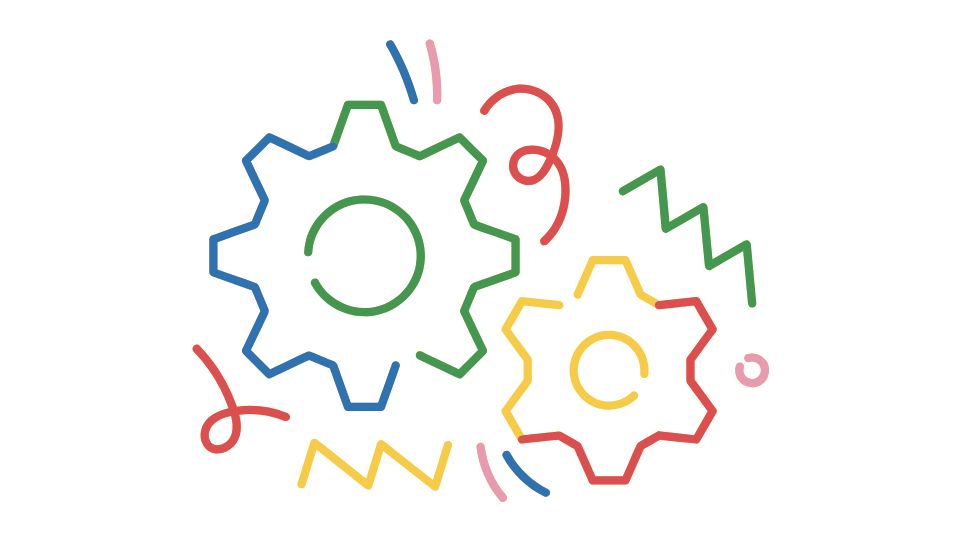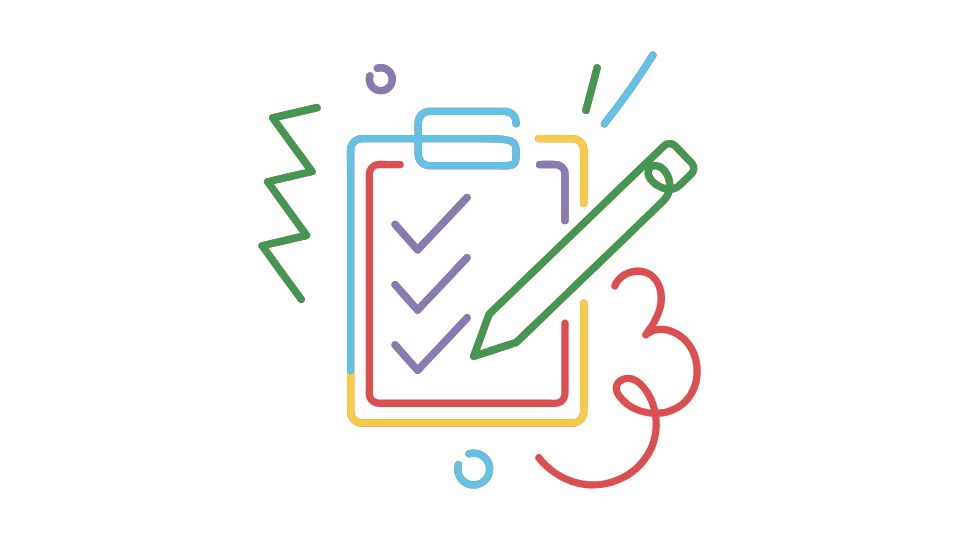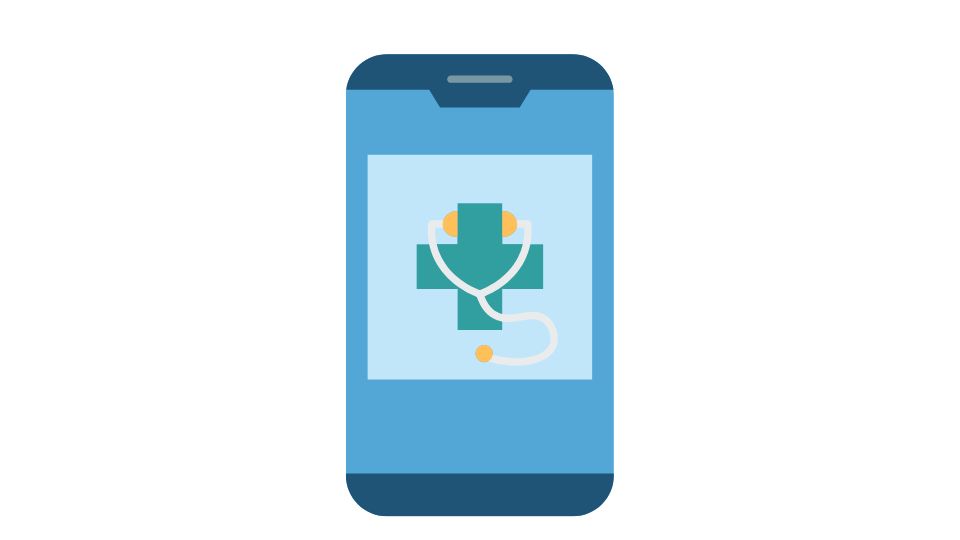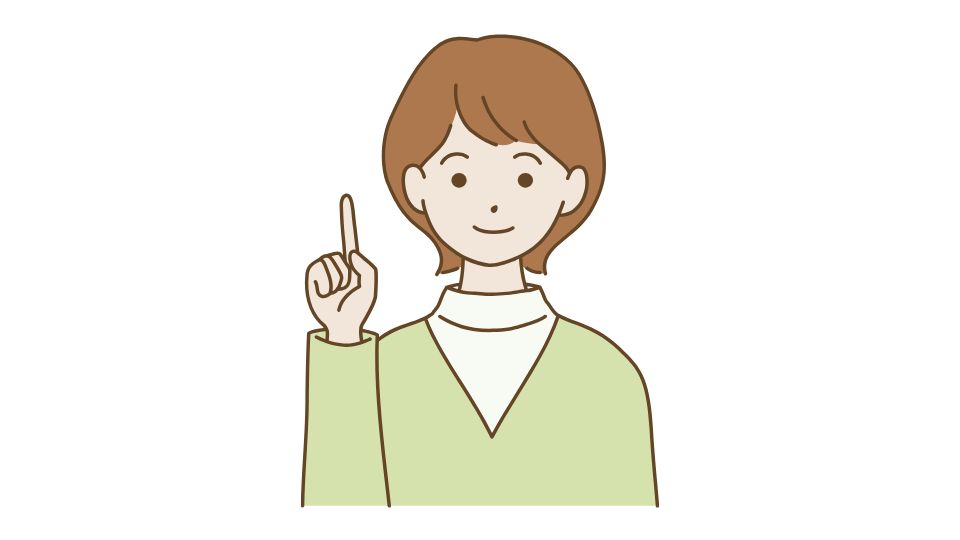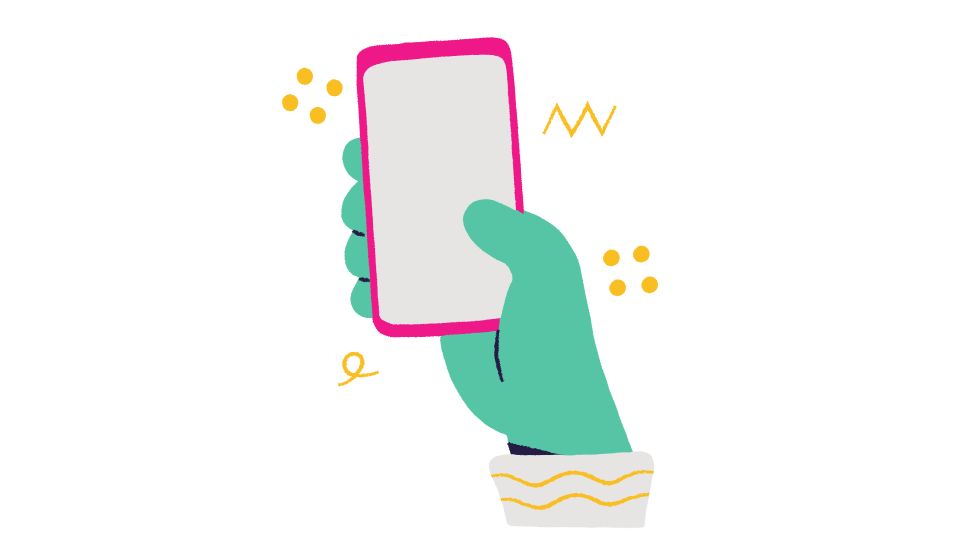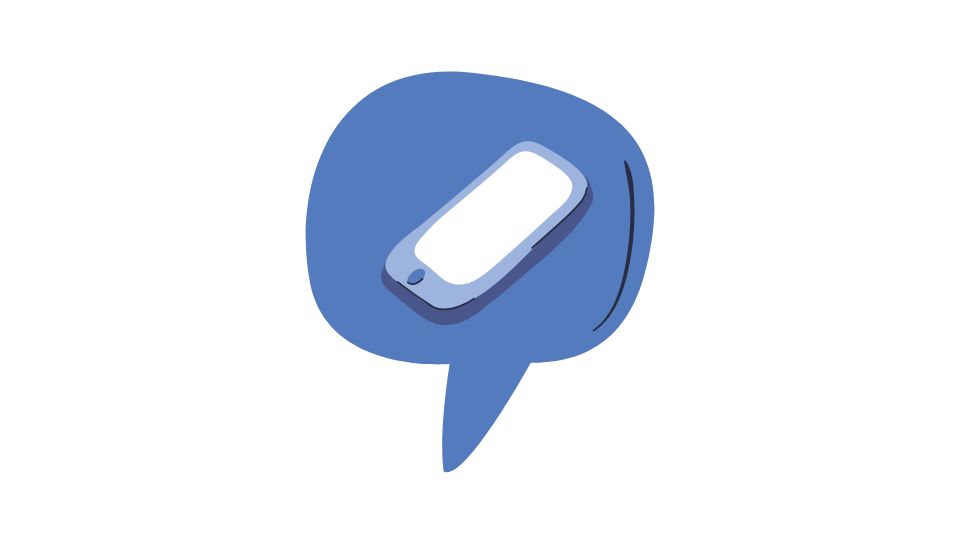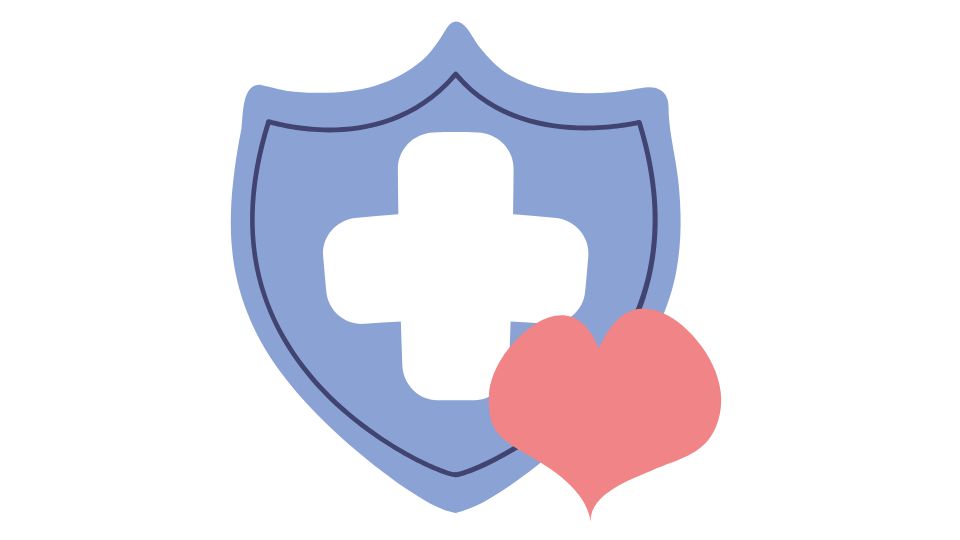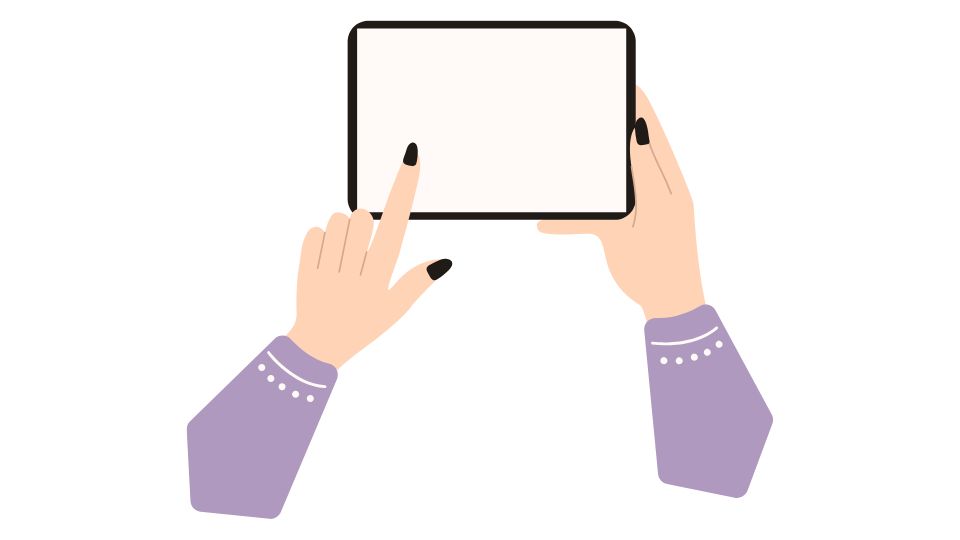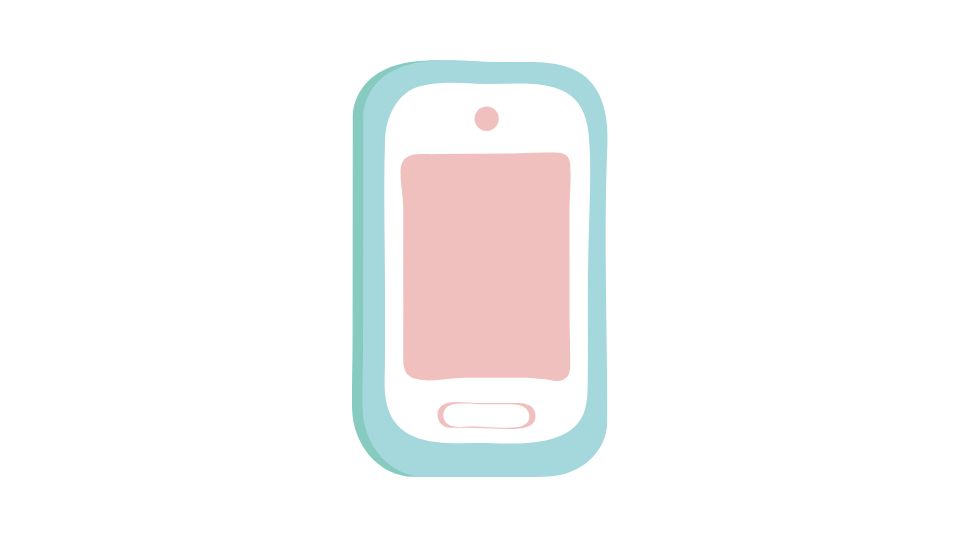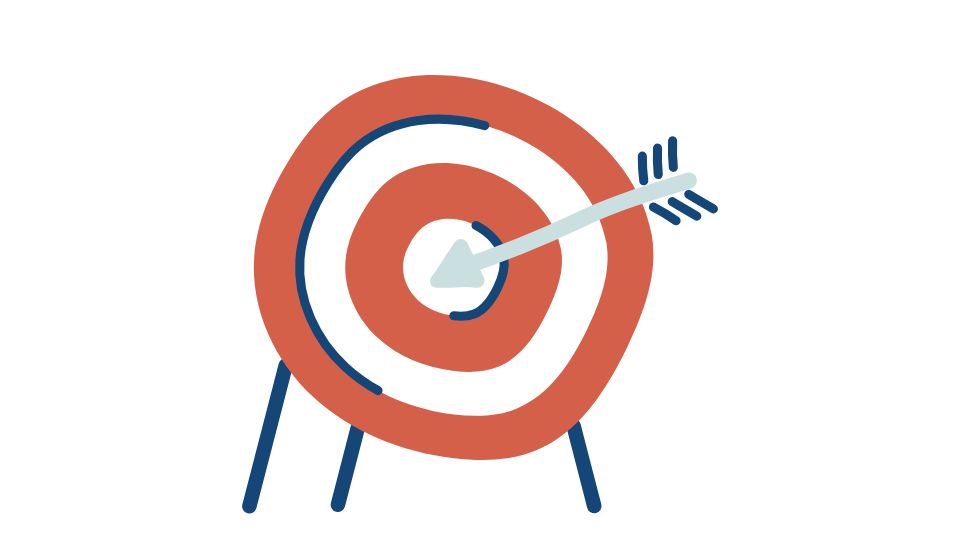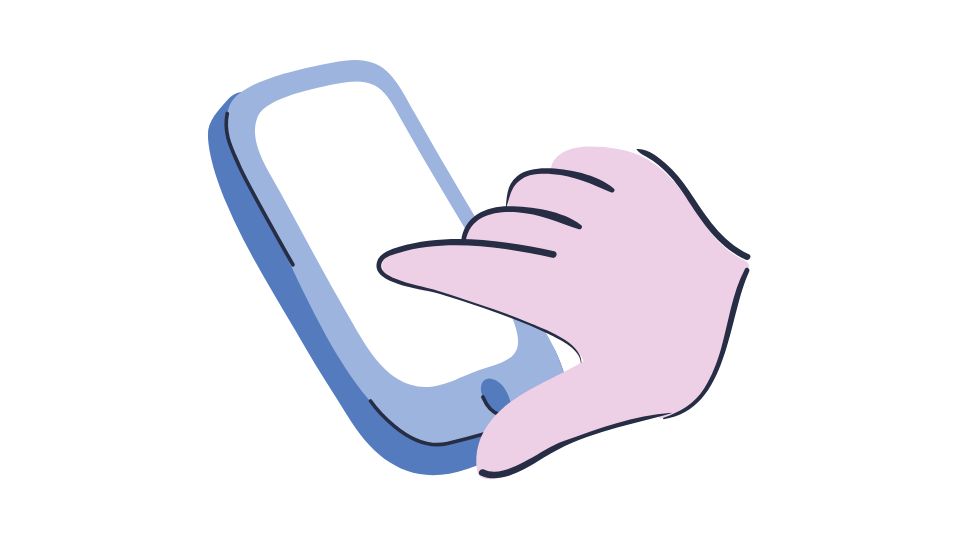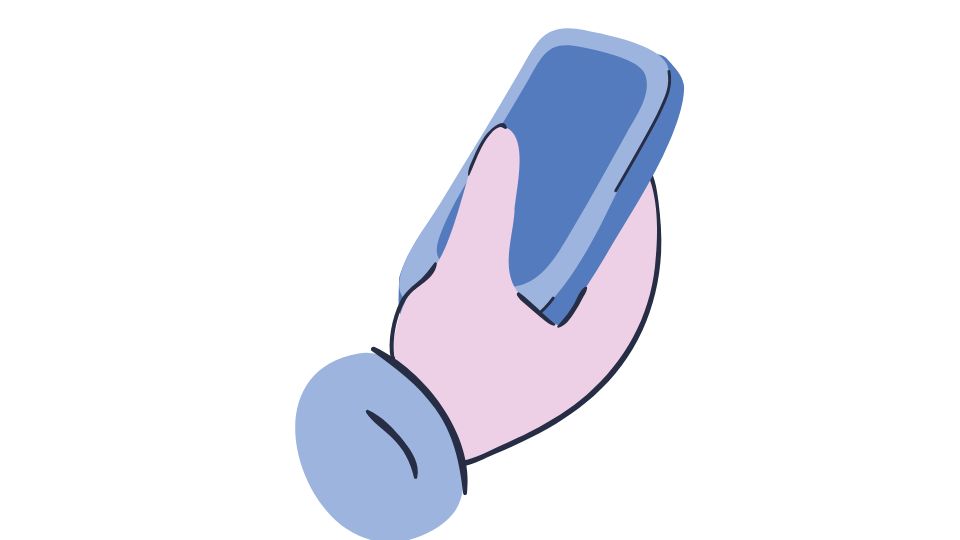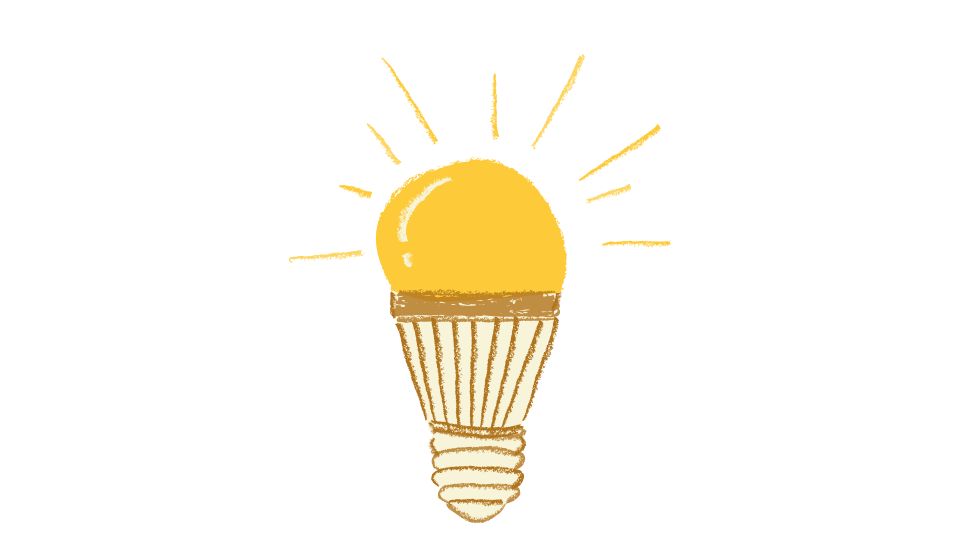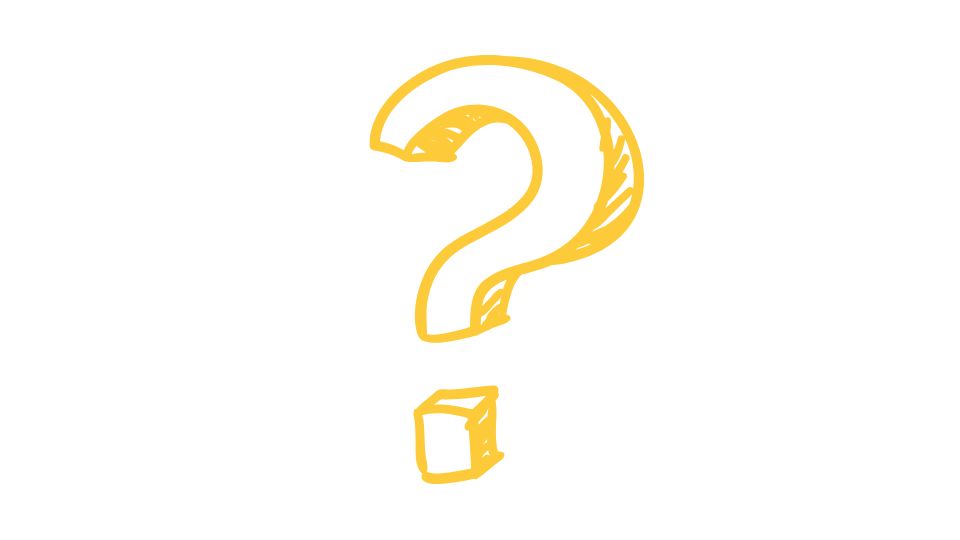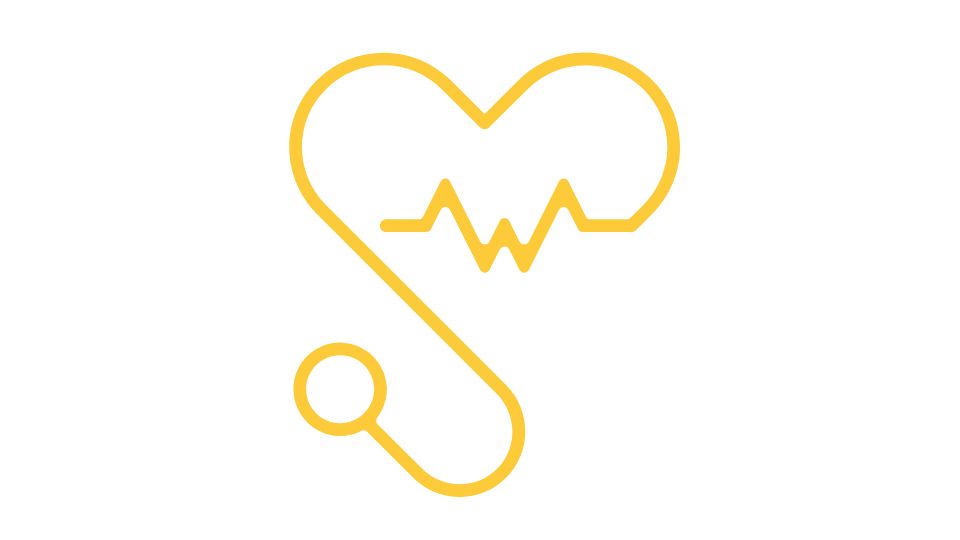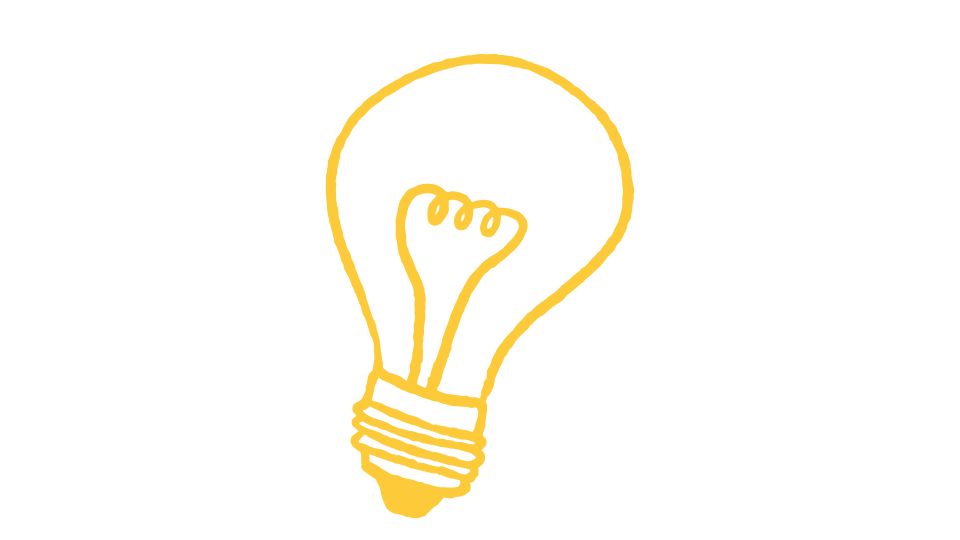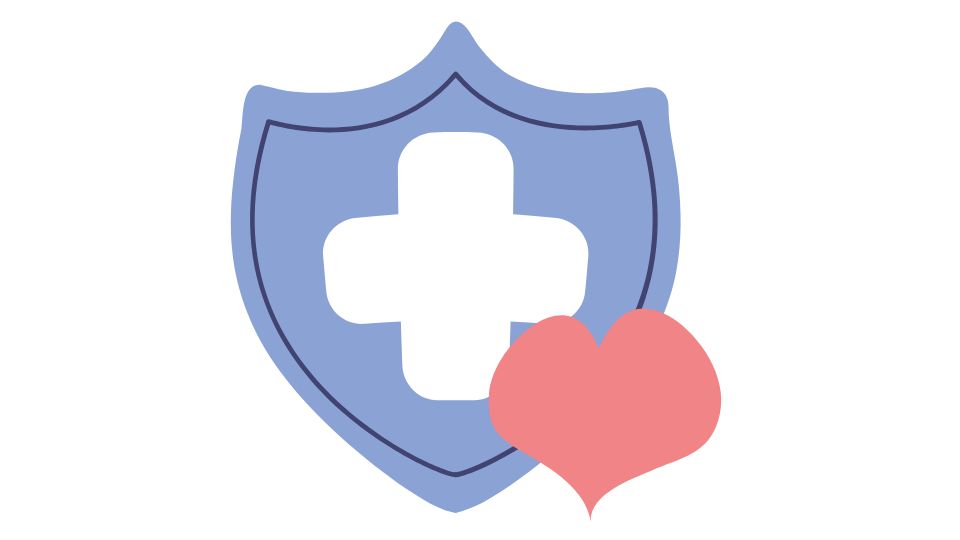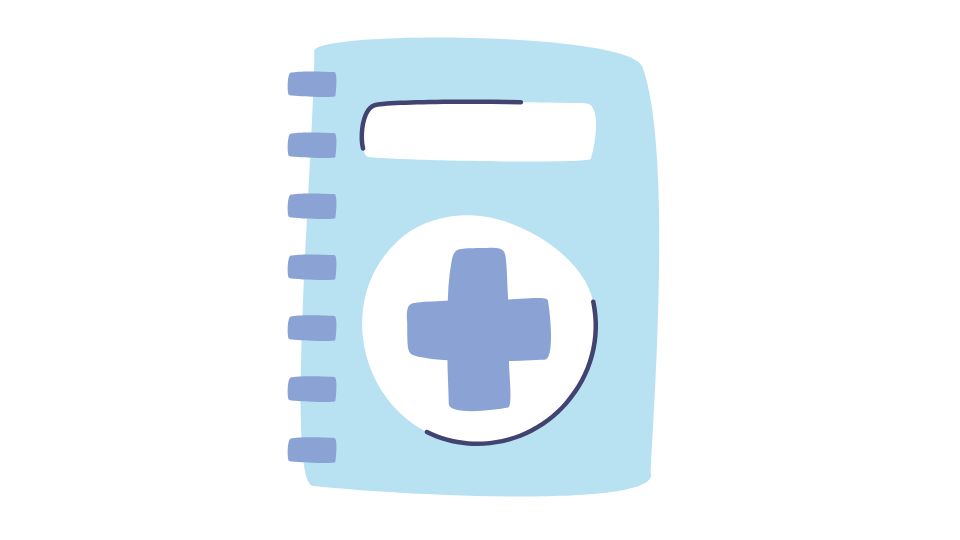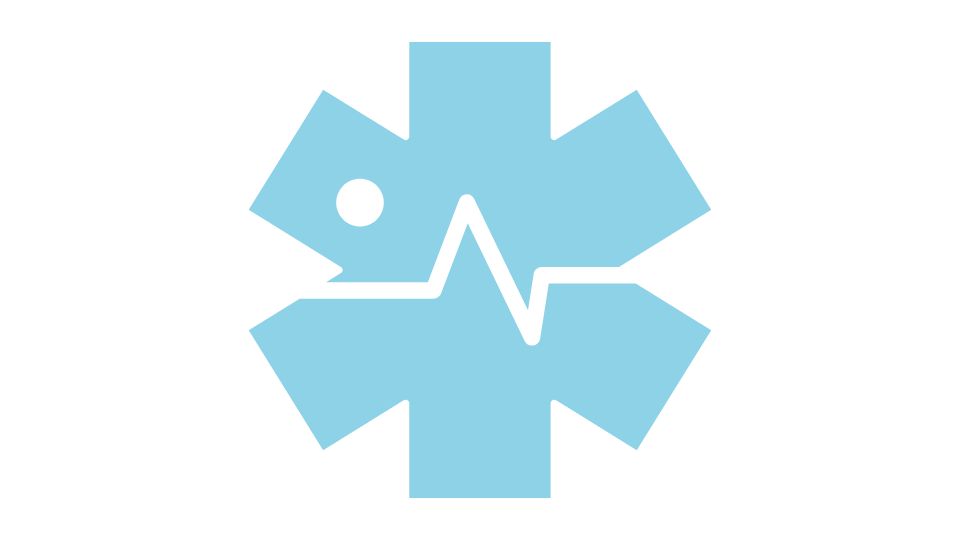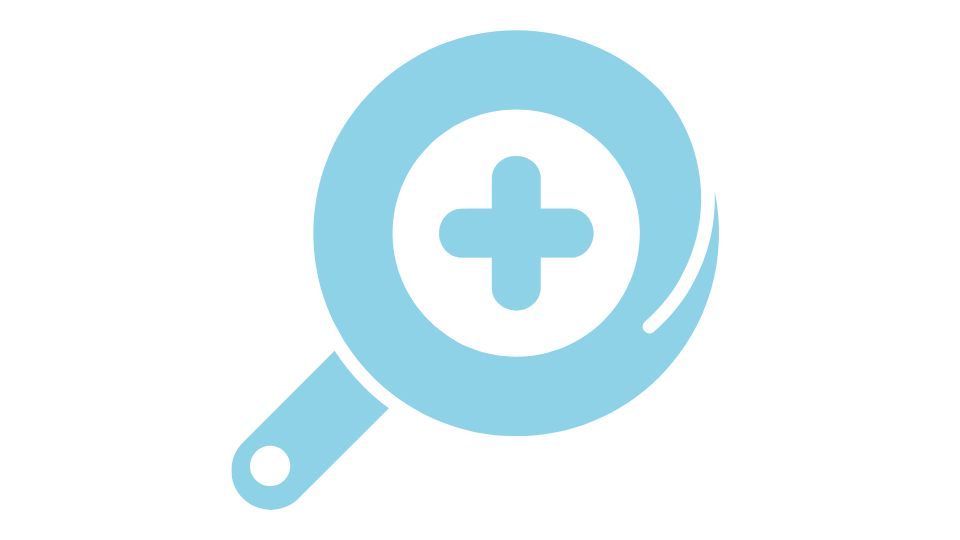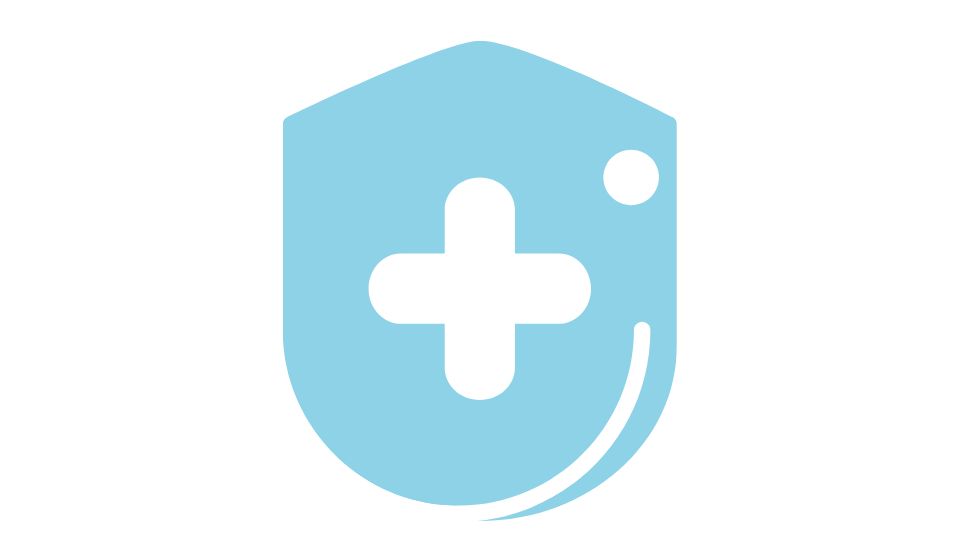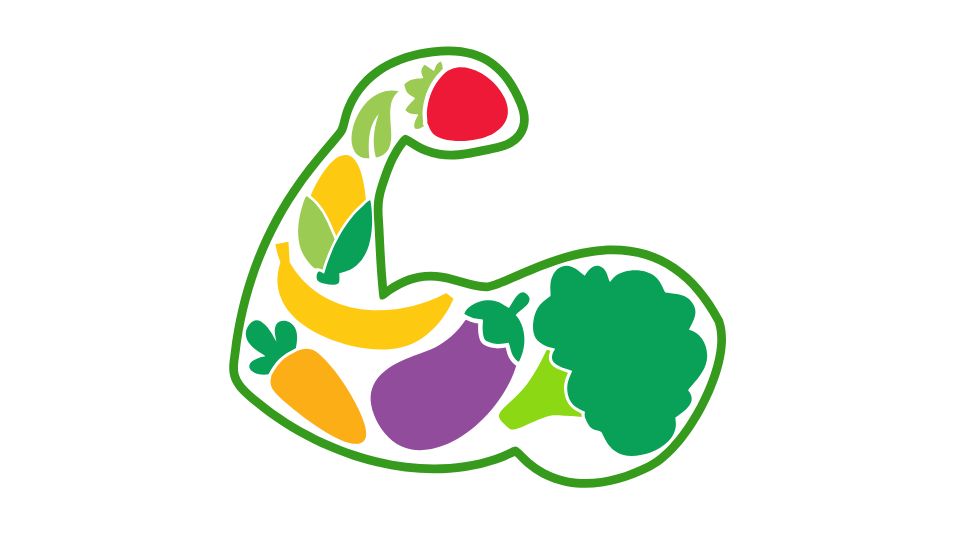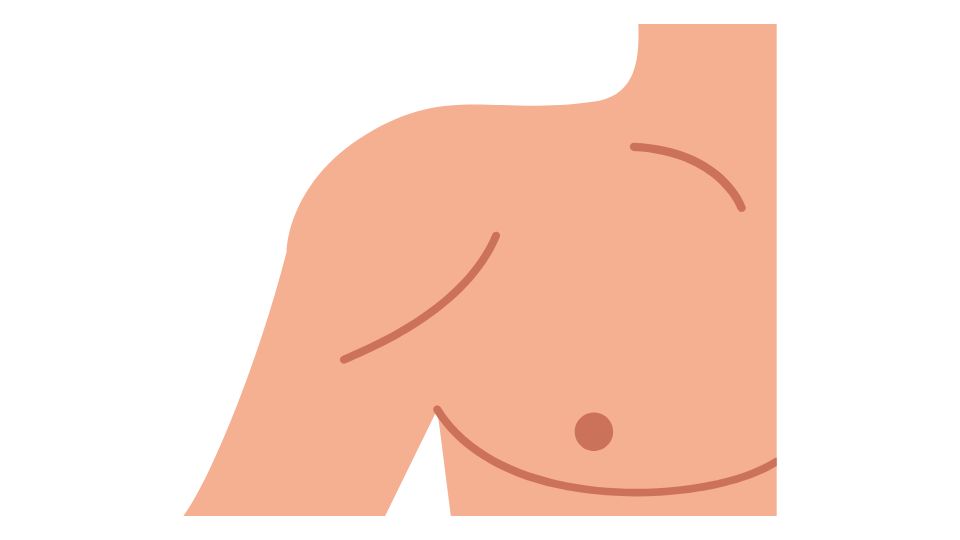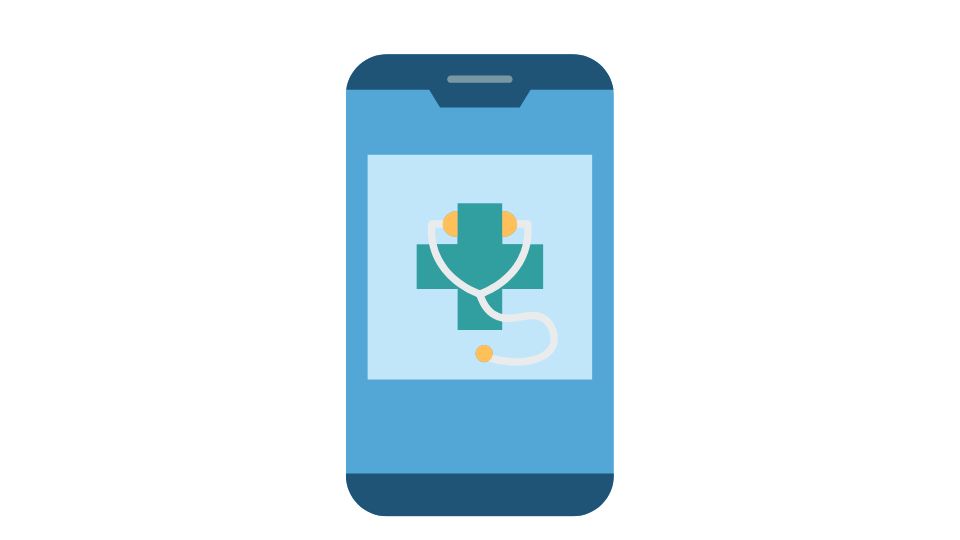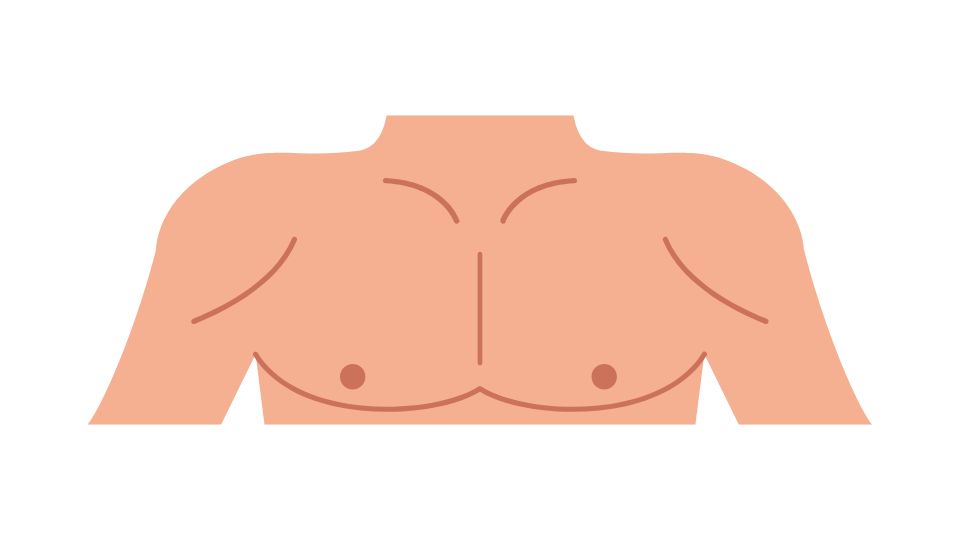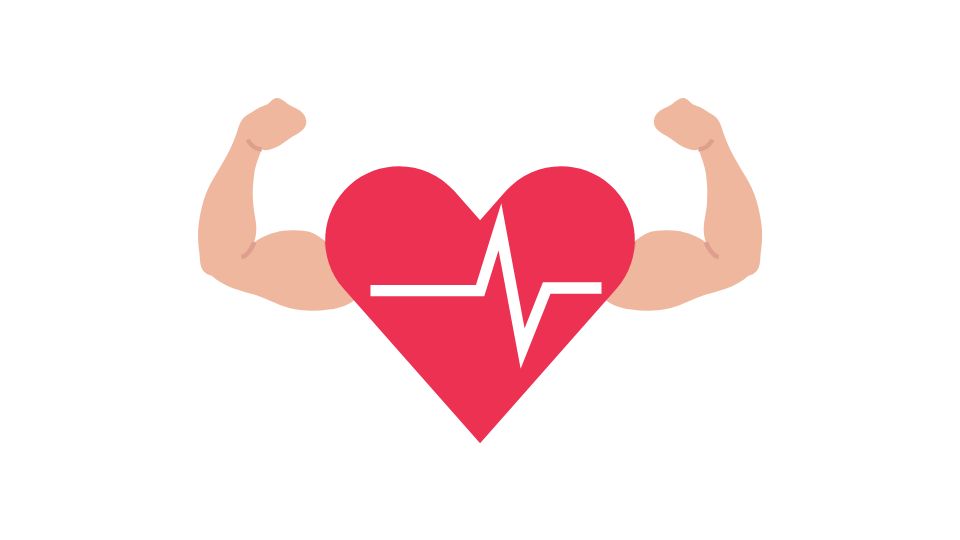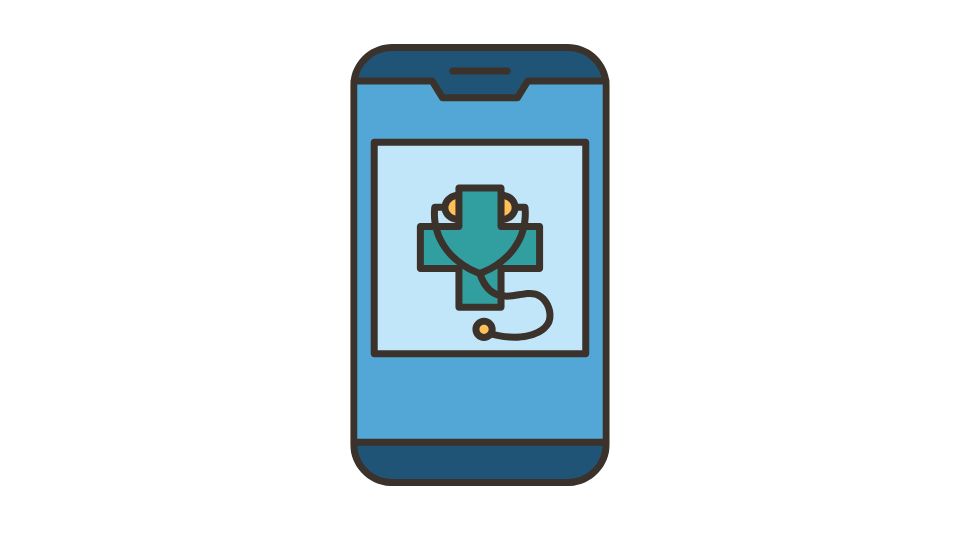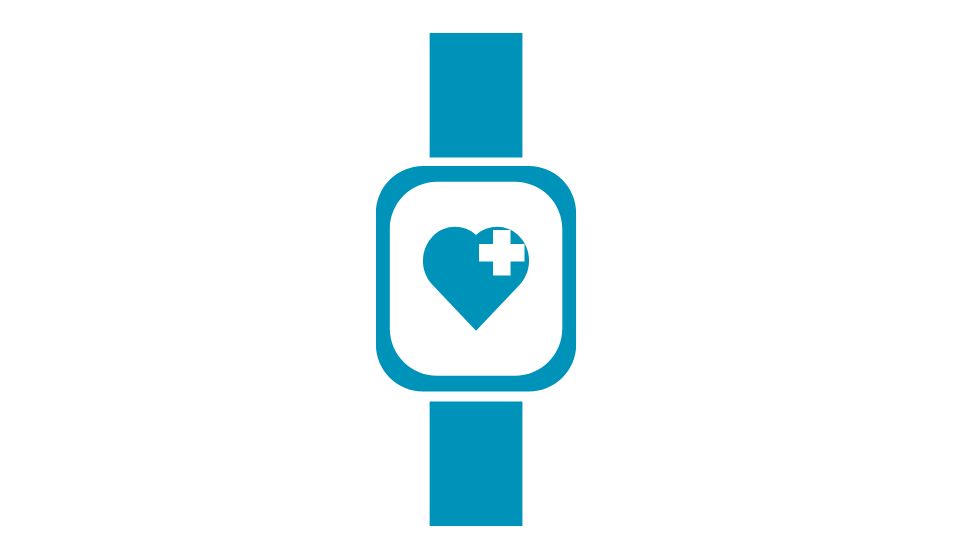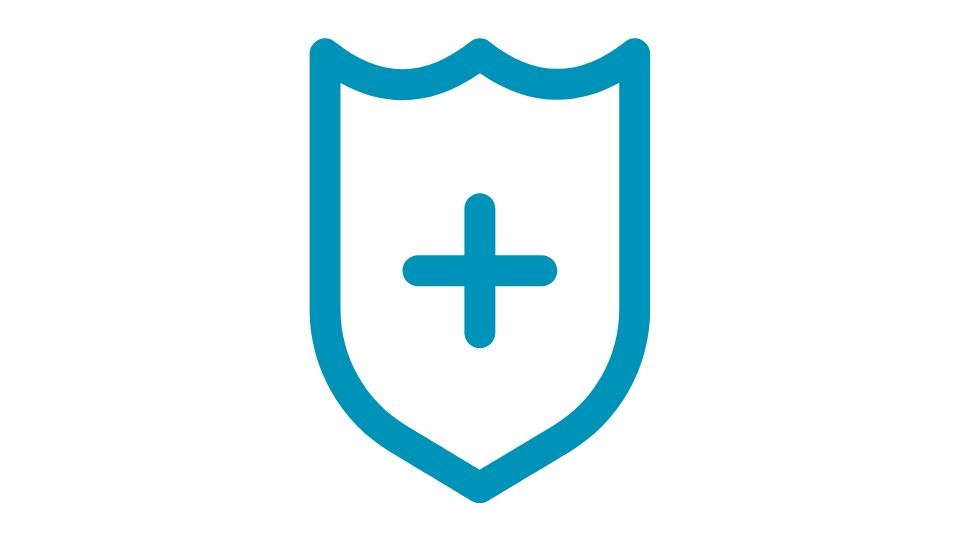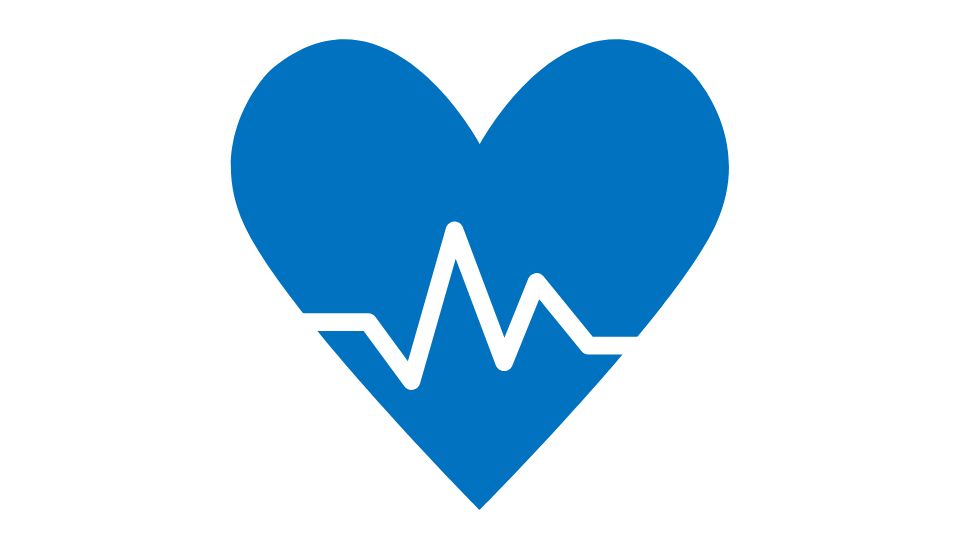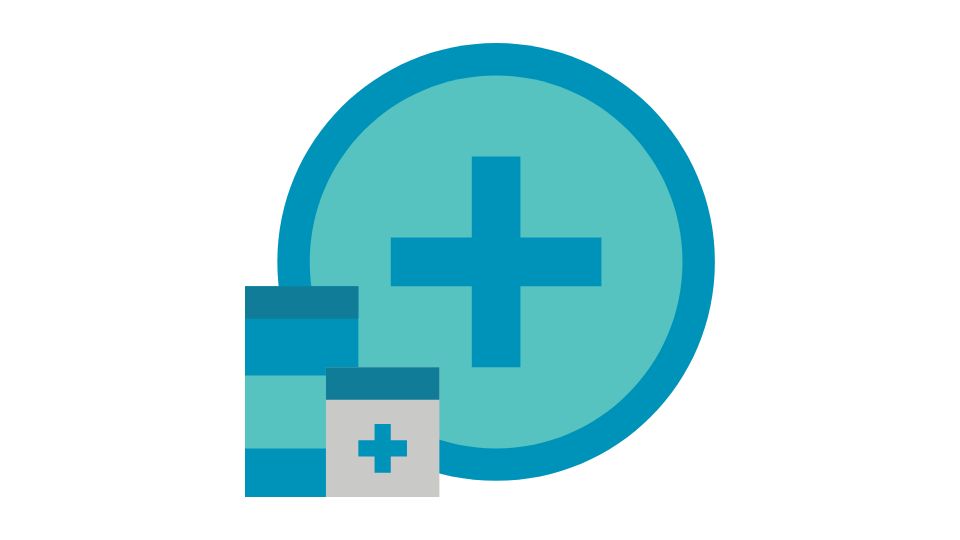Intermittent fasting has exploded in popularity over the last few years, and for good reason. It’s helped thousands of people lose weight, improve their metabolism, and boost their energy levels.
But here’s the thing – focusing only on when you eat isn’t enough to get amazing results. You also need to pay attention to what and how much you’re eating during those feeding windows.
That’s where meal tracking apps designed for intermittent fasting come in clutch. They help you stay mindful of your calories, macros, and meal timing without turning your life into a never-ending math problem.
If you’re looking to level up your intermittent fasting game in 2025, I’ve got you covered with the best meal tracking apps available right now. Let’s dive in!
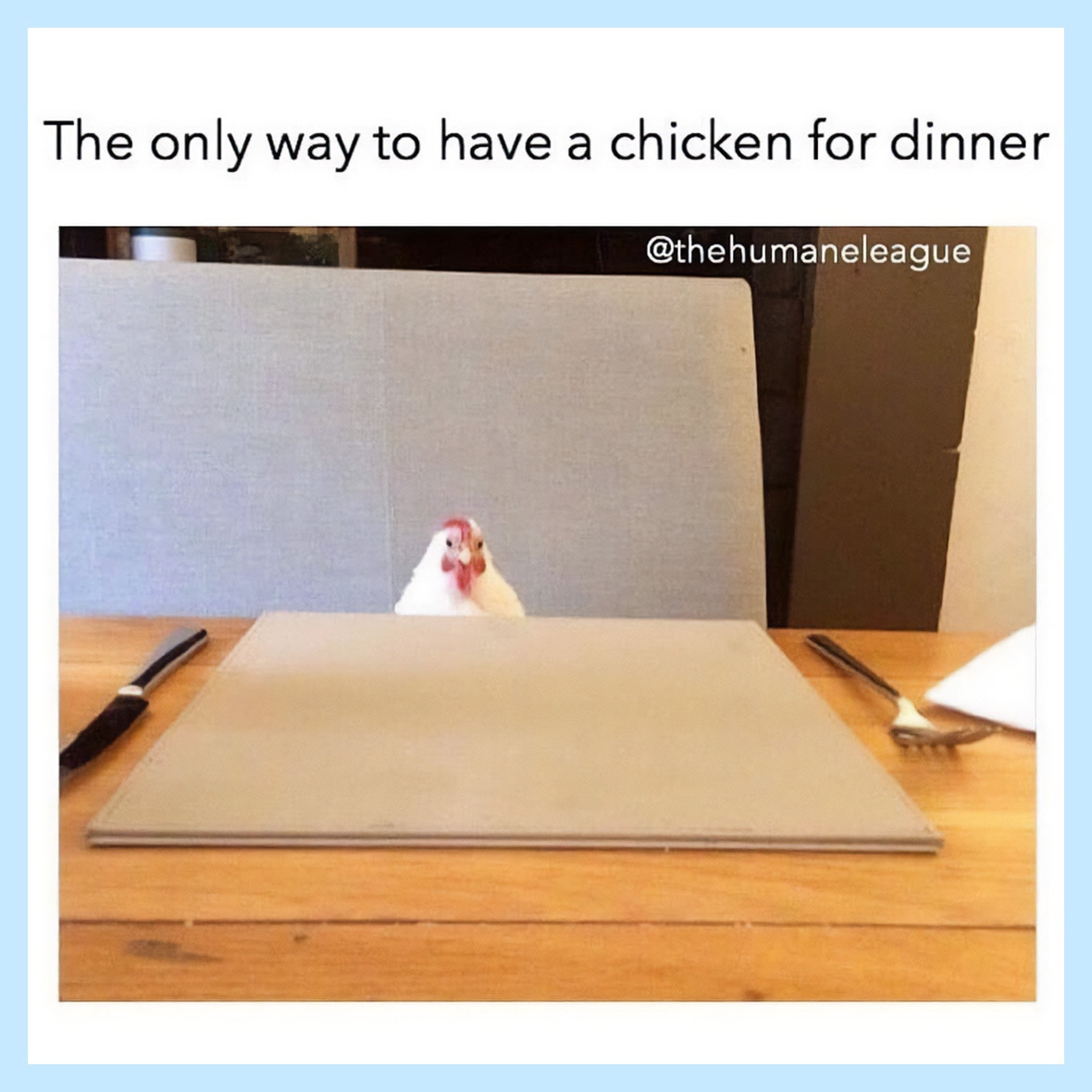
Why You Should Pair Meal Tracking with Intermittent Fasting
Intermittent fasting naturally reduces your eating window, which often creates a calorie deficit without much effort.
But here’s what happens to many people – they end up overcompensating during their eating windows, going ham on whatever’s available and effectively canceling out the benefits.
A good meal tracking app helps you:
- Avoid face-planting into a mountain of food when your eating window opens
- Keep your macros balanced so you’re not just surviving on carbs and caffeine
- Spot patterns in your eating habits (like that 9 PM ice cream habit)
- Maintain your fasting schedule with built-in timers or automatic detection
- Make better decisions based on actual data instead of guesswork
When you combine intermittent fasting with smart meal tracking, you’re basically giving yourself a superpower. You’re not just randomly fasting – you’re strategically managing your nutrition for maximum results.
Top Meal Tracking Apps for Intermittent Fasting in 2025
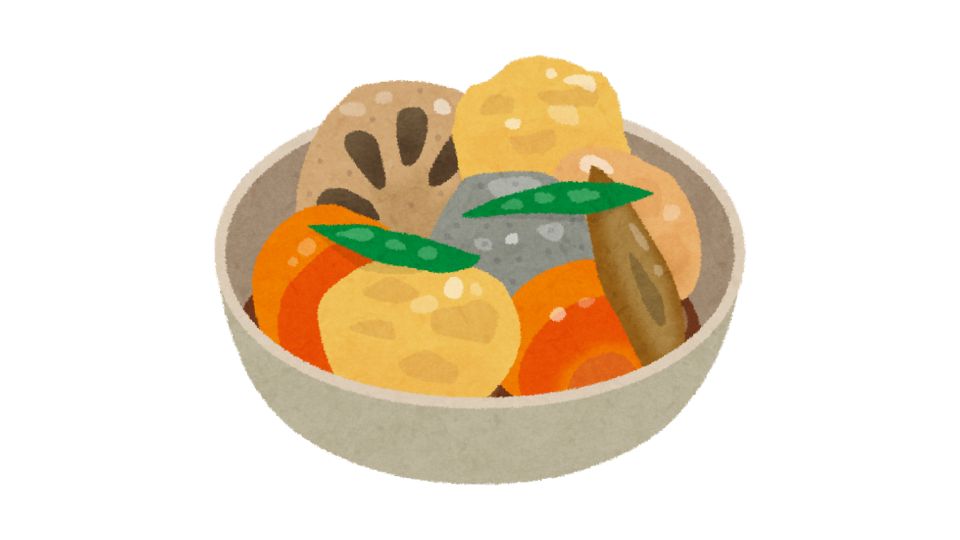
Based on my research and experience, here are some of the best apps that blend meal tracking with intermittent fasting features:
1. Cronometer
This is the nutrition nerd’s dream app. Cronometer tracks over 80 nutrients with scary accuracy and includes a fasting timer in the Gold version. It syncs with pretty much every fitness tracker out there and has a supportive community to keep you motivated.
Pros: Incredibly detailed nutrition data, verified food database (not user-submitted like some other apps), and excellent reports to geek out on.
Cons: The free version bombards you with ads, and you’ll need to pay for the fasting features.
2. MyFitnessPal
The OG of food tracking apps, MyFitnessPal boasts an enormous food database that makes logging quick and painless. While it doesn’t have built-in fasting features, it pairs well with dedicated fasting timer apps.
Pros: Gigantic food database with barcode scanning that makes tracking a breeze, especially when eating packaged foods.
Cons: Some nutritional data is user-submitted and can be inaccurate if you’re not careful.
3. SnapCalorie
This AI-powered app lets you snap photos of your food and get instant calorie estimates. It’s perfect for visual people who hate typing or searching through databases.
Pros: Super fast logging – just take a picture and you’re done. Great for meal prep and restaurant meals.
Cons: Newer app with fewer features than the established players.
4. Simple App
Simple combines intermittent fasting timers with food and hydration tracking, plus AI coaching to keep you on track. It’s designed for people who want guidance without counting every calorie.
Pros: No need to obsess over exact calorie counts, flexible fasting windows based on your goals, and helpful AI insights.
Cons: The app can be glitchy at times, and the AI coaching isn’t as personalized as human support.
5. FoodNoms
This sleek app automatically detects your fasting periods based on when you log meals – no manual timer needed. It’s perfect for people who forget to start and stop timers.
Pros: Clean interface, automated fasting detection, and privacy-focused approach.
Cons: Less well-known than bigger apps, so fewer integrations with other services.
5. MealByMeal.com
Here’s a unique approach – with MealByMeal, you simply text your meals instead of opening an app and navigating through menus. It automatically calculates calories and macros from your text entries.
Pros: Incredibly simple meal tracking by texting, no app to download, and perfect for busy people who find traditional apps too time-consuming.
Cons: Newer platform without the name recognition of MyFitnessPal or Cronometer.
What Makes a Great Intermittent Fasting Meal Tracking App?
When choosing a meal tracking app to complement your fasting routine, look for these key features:
1. Fasting Timer or Auto-Detection
The best apps either include a customizable fasting timer or, like FoodNoms, automatically calculate your fasting windows by measuring the time between your meal entries. This eliminates the need to manually start and stop timers.
2. Comprehensive Nutrition Tracking
Beyond just calories, top apps track macronutrients (protein, carbs, fat) and even micronutrients. Cronometer leads the pack here with detailed tracking of over 80 nutrients, helping you ensure you’re getting proper nutrition during your eating windows.
3. Easy Food Logging
The easier it is to log your meals, the more likely you’ll stick with it. Look for apps with barcode scanners, large verified food databases, or innovative approaches like text-entry (MealByMeal) or photo recognition (SnapCalorie).
4. Smart Device Integration
Apps that sync with Apple Health, Fitbit, Garmin, or other fitness trackers provide a more complete picture of your health, including how your activity levels impact your fasting and calorie needs.
5. Personalization Options
Everyone’s fasting journey is different. The best apps offer customization for different fasting protocols (16:8, 18:6, 5:2, etc.) and dietary preferences (keto, vegan, etc.).
The MealByMeal.com Advantage for Intermittent Fasters
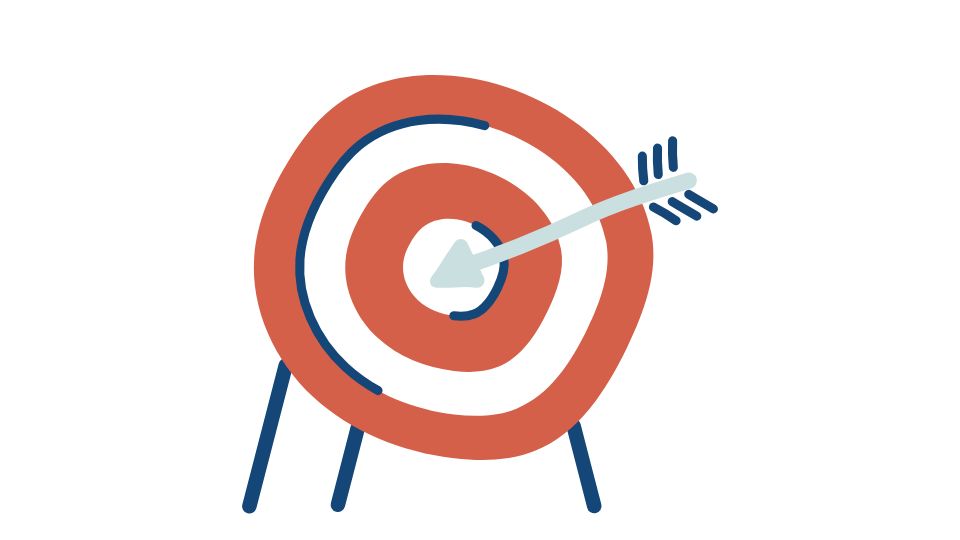
Let’s talk more about MealByMeal.com, because it offers a refreshingly different approach that’s particularly well-suited to intermittent fasting.
Instead of opening an app, searching through a database, and manually entering foods, you simply text what you eat to MealByMeal. It automatically calculates calories and macros from your text entries.
Why this works so well with intermittent fasting:
- Speed matters during your eating window – you want to focus on enjoying your food, not logging it
- Simplicity increases consistency – the easier tracking is, the more likely you’ll stick with it
- Text-based tracking works anywhere – no need to have your phone out at the dinner table
- Natural language processing understands how real people talk about food
Imagine breaking your fast and texting “2 scrambled eggs with spinach, half an avocado, and coffee with splash of cream” and immediately getting your nutrition data back. That’s the convenience MealByMeal offers.
Beyond the Numbers: Additional Benefits of Tracking During Fasting
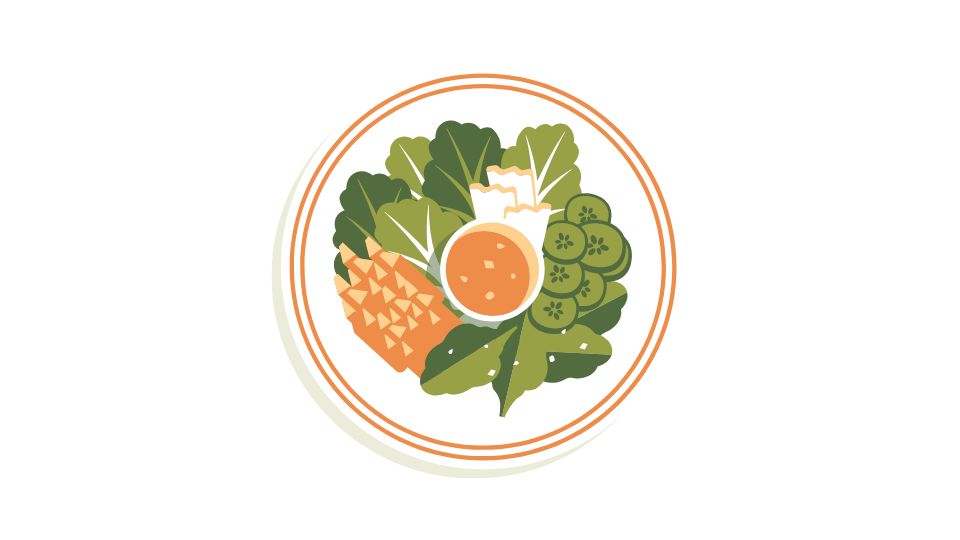
Tracking your nutrition while practicing intermittent fasting delivers benefits beyond just watching calories:
Preventing Nutrient Deficiencies
When you’re eating in a compressed timeframe, the quality of your food becomes even more important. Good tracking apps help ensure you’re getting essential vitamins and minerals despite eating fewer meals.
Building Mindful Eating Habits
Logging your food naturally makes you more aware of what you’re consuming, which can prevent mindless eating during your feeding windows.
Maintaining Metabolic Health
By tracking protein intake alongside your fasting schedule, you can help preserve muscle mass while losing fat – something that simple fasting without nutrition awareness might not accomplish.
Optimizing Energy Levels
Ever notice how some days you feel amazing while fasting, and others you feel like garbage? Tracking what you eat helps you identify which foods and macronutrient ratios give you sustained energy during fasting periods.
My Final Recommendations
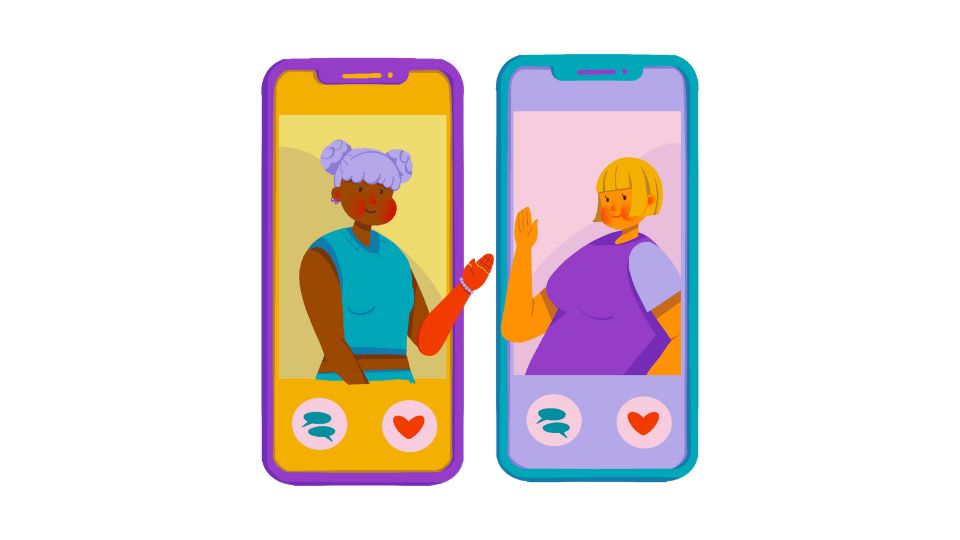
After diving deep into all these apps, here’s my bottom-line advice:
If you want the most comprehensive nutrition data alongside fasting features, go with Cronometer. Its detailed nutrient tracking is unmatched, especially if you’re worried about getting all your nutrients during a restricted eating window.
If you hate the hassle of traditional food logging, try MealByMeal.com. The text-based approach removes almost all friction from the tracking process, making it super easy to maintain long-term.
For those who are visual and hate typing, SnapCalorie lets you snap photos of your meals for instant calorie estimates – perfect for when you’re eating out or don’t feel like typing.
If you’re new to both fasting and tracking, Simple provides helpful guidance without overwhelming you with data.
Remember – the best app is the one you’ll actually use consistently. Don’t get caught up in features you’ll never touch. Pick something that fits naturally into your lifestyle.
The combo of intermittent fasting and smart meal tracking is seriously powerful. It’s not just about when you eat, but what you eat during those windows that will transform your health and body composition.
Now get out there and start tracking those fasting gains!



